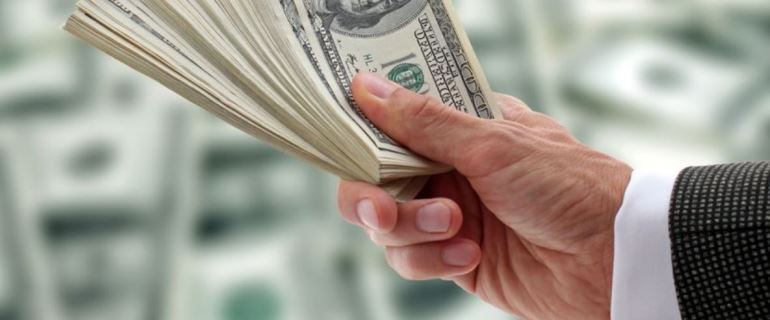The US commercial real estate market is looking very cheap to foreign investors, who find their currency hedging costs aligning nicely with the direction of interest rates.
Currency hedging costs are driven by interest rate differentials between two currencies. Low US rates translate to lower costs for foreign investors looking to hedge the currency risk of their US investments. Here is why this dynamic is expected to continue.
“Short-term and medium-term rates drive hedging costs,” Ciccy Yang, director of Global Markets for Hudson Advisors told listeners in CBRE’s weekly podcast. “And on that front, the Fed’s been giving very strong hints that more fiscal stimulus is needed to keep the economic recovery on track.”
If the stimulus is less than what the Fed prefers, Yang thinks it may have a more significant role in spurring the recovery. Its tools include more quantitative easing for an extended period and a further delay on the next Fed hike.
“The Fed currently forecasts that they’re going to be on hold until the end of their forecast horizon at year-end 2023 as per their dot plots,” Yang says. “In other words, they’re already forecasting short term rates will be bound to zero for quite a long time. Now, we already saw significant hedging cost declines from the beginning of this year when US rates fell significantly in the flight to quality and Fed easing on the back of the onset of COVID-19.”
The five-year annual hedging cost for Euro-based investors in the US has fallen 100 basis points this year to 1.2% today, according to Yang. In the same period, it has fallen 50 basis points to 2.6% for South Korean investors.
“There probably isn’t that much more room for these levels to fall further,” Yang says. “But given the likely expectation of accommodative Fed policy, it does feel like the lower currency hedging costs are generally here to stay in the near term.”
So far though, foreign investors are, for the most part, not biting.
In Q3, cross-border investment fell 71% year over year to $3.5 billion, according to Real Capital Analytics. This is still better than the low of $0.5 billion seen in the depths of the Global Financial Crisis.
The drop-off in cross-border investment might be partially the result of the types of properties being sold. Cross-border groups find it easier to purchase larger properties. Sales for assets priced greater than $50 million fell 61% year-over-year in the third quarter, while properties priced $5 million and below fell 39%, according to RCA.
Some foreign CRE investors, however, are stepping up their US allocations. In the first nine months of the year, Korean investors accounted for 8.6% of all overseas investment in U.S. commercial real estate, up from 3.7% a year earlier, accordingto the Wall Street Journal, citing Real Capital Analytics numbers.
South Koreans invested $1.56 billion, up from $1.24 billion a year earlier, trailing only Canadian and German investors, the WSJ said. A year ago, South Koreans ranked 10th among foreign investors in U.S. real estate.
Source: GlobeSt

